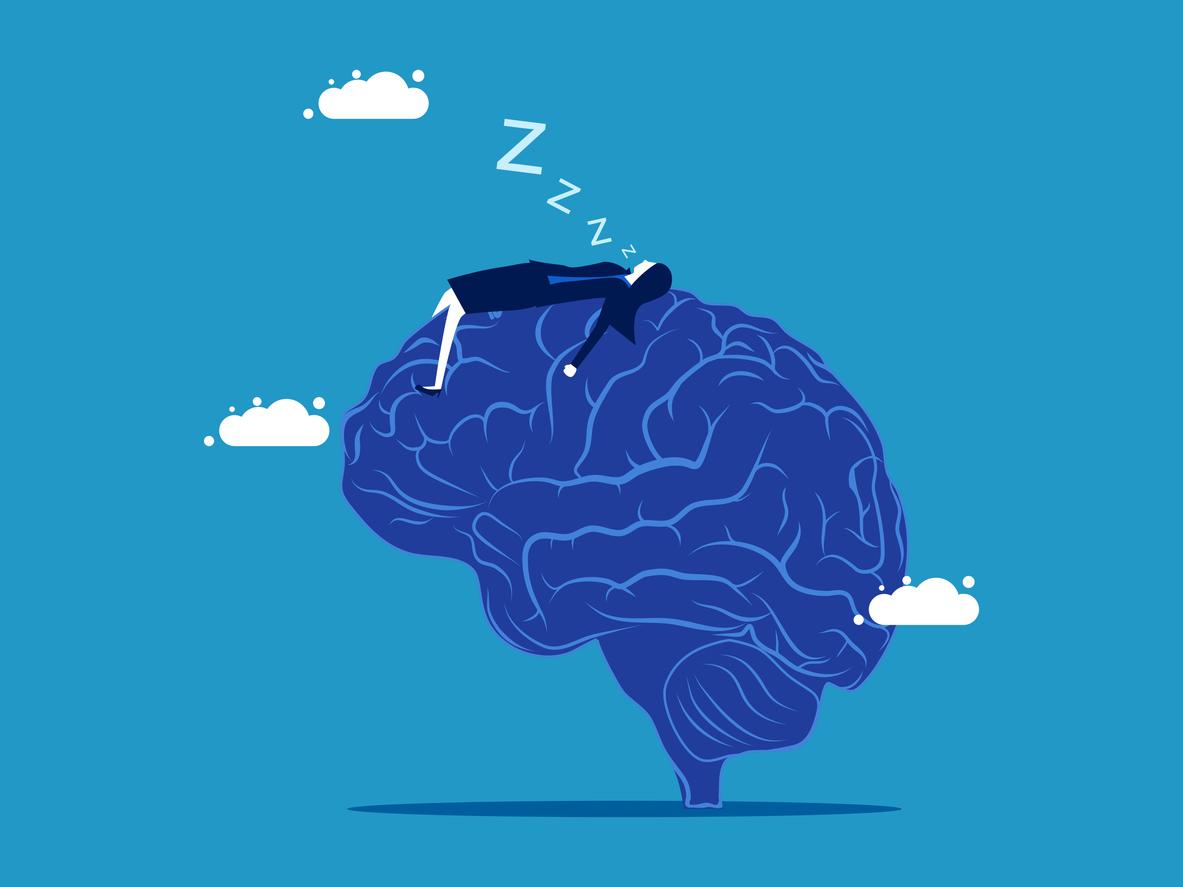While a petition and a request for a moratorium have been launched against the next deployment of 5G in France, concerns about the potential harmful effects of electromagnetic waves on health would be “unfounded”: this is what two specialists assure questioned by “Why Doctor”.

To “meet the ever-increasing needs for connectivity and to increase the competitiveness of the countries of the European Union”, 5G will be deployed commercially from 2020 in France and in many European countries. But many questions arise about the magnetic radiation associated with this new technology. The Stop Linky-5G Montpellier Collective has in particular published a petitionsigned by more than 16,000 people, to demand “the immediate cessation of all experimentation concerning 5G“. The authors recall, among other things, that more than 170 scientists from 37 different countries have signed a call for a moratorium on the development of these technologies. Their argument: many studies have proven that electromagnetic waves are harmful to humans. However, according to two scientists specializing in the subject and interviewed by Why Doctor, this concern is “unfounded”.
“I don’t really see the additional danger to health that 5G could represent compared to what we already have now. It will most certainly be superimposed on what already exists. We will therefore have an increase in exposure but this is so low that we will still remain well below the standards authorized by law”, reassures Yves Le Dréan, researcher for Inserm in the Irset unit (Research Institute in Health, Environment and Work) of the University of Rennes. In France, the limit values for public exposure to electromagnetic fields are between 28 volts per meter and 87 V/m. Currently, less than 1% of measurements exceed the so-called attention value of 6 V/m.
“Very few of us climb to the top of the antennas”
“There are thresholds that have been defined beyond which electromagnetic waves can cause problems and we know it. If you exceed a certain threshold of exposure depending on the frequency of the wave, you can experience thermal effects “, adds Sebastien Pointphysicist, president of the non-ionizing radiation section of the French radiation protection society and member of the French Association for Scientific Information.
But “in no case can this happen because of everyday devices”, he slices. The only people who could be impacted are the antenna operators or the radar operators in the very rare case where they intervene when transmissions are in progress. “These people can be exposed to extremely high field levels, but that’s not what ordinary mortals encounter. Very few of us climb to the top of the antennas,” he quips.
And to question the “thousands of studies” put forward by the petition and the moratorium. “Some show effects, but we can’t conclude anything from studies taken in isolation. We have to rely on meta-analyses. Of the 10,000 studies cited, how many have been replicated? A study, if it’s bad , proves nothing at all. You have to be able to compare them, check their statistical power and the absence of bias”. “If we want to demonstrate something, we will always succeed. Expose a human or animal cell to extremely high intensity waves, you will observe the cell’s defense or degradation mechanisms”, insists Sébastien Point.
“A field that requires skills in biology and electronics”
An opinion shared by Yves Le Dréan. “There are a lot of methodological biases that can suggest that there is an effect (waves on human health, editor’s note) when this area is special because it requires dual skills, in biology and electronics. we see teams competent in biology but not at all in electronics carrying out studies on the subject.They therefore see biology moving but do not know if it is due to waves or to the microwave effect of their system of exposure not at all controlled. Conversely, there are studies carried out by physicists where exposure is well controlled but not biology. But these papers can be published anyway, depending on whether the journal is specialized in biology or electronics”, he explains.
In addition, most of the effects identified are of very low magnitude and very difficult to reproduce. It also happens that they seem to depend more on the biological model than on the exposure. “That’s probably what shocked me the most when I started working on this theme,” recalls Yves Le Dréan. “The call for caution on 5G is based on people who don’t do qualitative analyses, they take it all together and say, ‘It’s pure truth, it’s like that and we’ve proven that’ is dangerous”, but it is not at all the case”.
“The scientific certainties of those who really work on this subject are extremely fragile”, he adds, before admitting: “That explains the controversy a little. They keep asking us to answer yes or no to the question” Are the waves dangerous?”, but we can’t, because we ourselves in the lab sometimes have contradictory results. It’s very complicated and frustrating”.
No addition of waves
According to the petition, since 5G is only effective over short distances, it will require the deployment of a very dense network of small antennas. Many people therefore fear a multiplication of the waves. “Compared to previous technologies, the frequency is a little higher, 3.5 Giga Hertz. As we go up in frequency, the range of the waves is less important. It travels less far and therefore requires a larger network of antennas. In addition, the waves penetrate less deeply into the body. Thus, 5G waves would be less dangerous than the others, even if these were not either”, comments Sébastien Point.
“In this frequency range, the energy transported individually by each photon, associated with the wave, is insufficient to break the atomic or molecular bonds of the cells. We must think about the total energy transported by the wave and the latter is proportional to the electric field. For the power of two waves to be able to accumulate, the electric fields must add up. And for that they would have to be in phase. But this never happens except in a very sporadic and accidental. It’s very random. Also, from a general point of view, the waves do not add up because they are completely out of phase with each other. So increasing the number of antennas will not cause an accumulation of powers”, continues the physicist. As for a possible temporal accumulation of effects, there would still have to be effects, he assures.
So, no need to worry about electromagnetic waves, assure the researchers. “I have been working at the molecular and cellular level for several years to see if exposure causes stress at the cell level and the answer is clearly no”, insists Yves Le Dréan.
“That does not mean that there is nothing at all. We saw small things, but very light. What we do not know, at the moment, is if it is the order of the background noise, in which case we get excited on not much, or if in the very long term this could lead to a small imbalance. And there, perhaps only after 20 or 30 years of exposure we may be able to see something appear”, he continues, deploring the lack of time available to scientists, often called upon to report results urgently. And to conclude: “We must not forget that the living has a resilience which allows us to find a certain balance at the level of the organism, even subject to conditions which can be disturbing for the chemical machines that we are”.
.
















